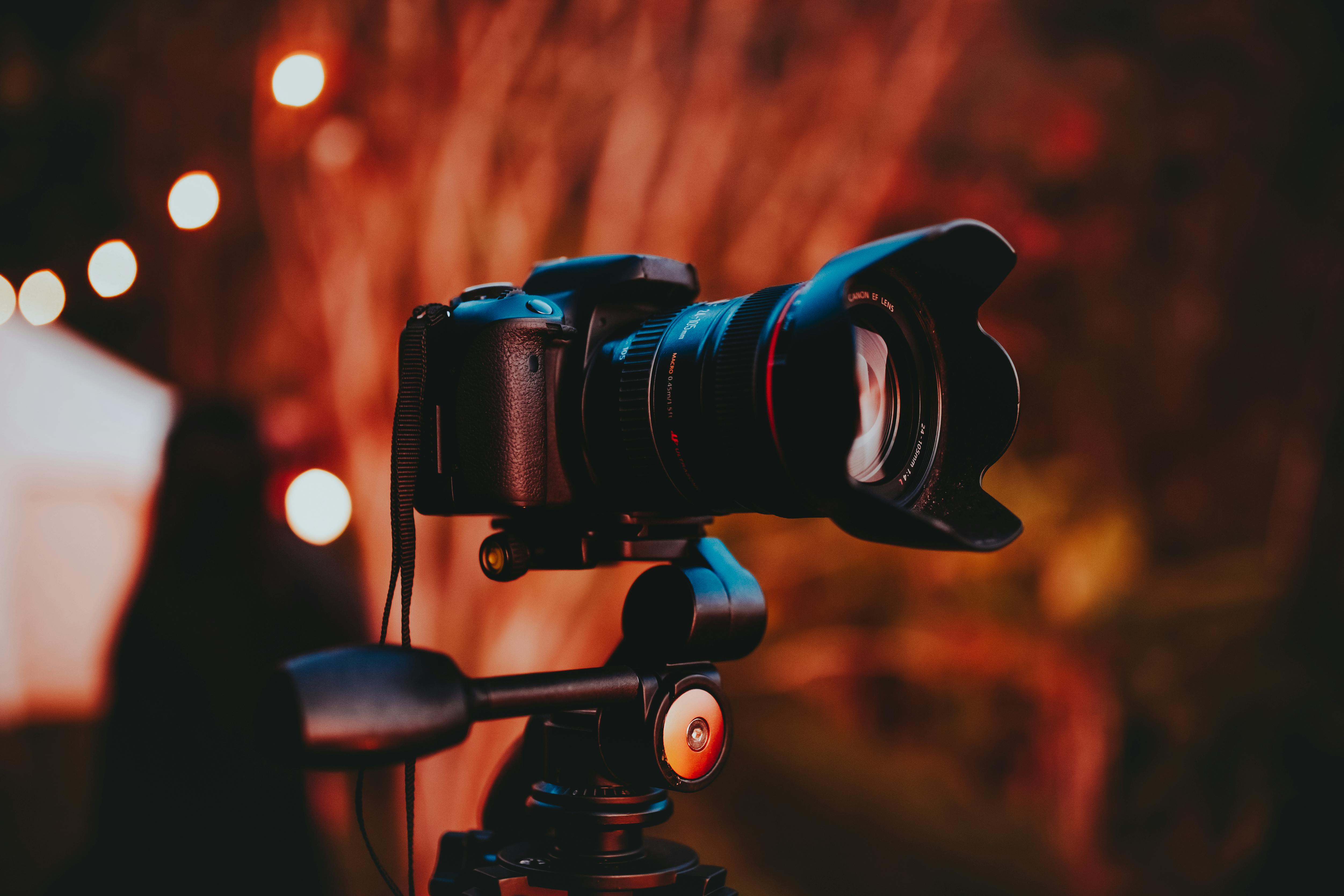
Cartoon Character Licensing: Hello Winnie the Pooh!
From British book to American theater
Who doesn’t love Winnie the Pooh? In “The House at Pooh Corner,” AA Milne introduced Winne the Pooh, Kanga, Tigger, Eeyore, and the other characters who live in the hundred-acre forest of Christopher Robin’s imagination. The book, illustrated by EH Shepherd, was an instant success, and in the 1930s an agreement was reached between author AA Milne and illustrator Stephen Slesinger for the American rights. Disney bought the US rights in the 1960s and a legend was born when the animated classics of the original Winnie the Pooh series first hit theaters and in 1969 Slesinger transferred exclusive merchandising rights to Disney.
Due to the nature of Disney animated characters being so different from the original cartoons and the popularity of the Pooh Bear movies, Disney was the one enlisted to market all Pooh merchandise, including books, games, toys, animals plush, movies. and all kinds of assorted products, from key chains to mugs and board games, and the productivity of the Winnie the Pooh characters grew into a multi-million dollar business, a fact not lost on the Slesinger heirs.
The battle for licenses begins
In 1991, the Slesingers sued Disney, claiming that the 1969 merchandising agreement was being violated and asking for “their share” of the profits Pooh had generated thus far, but their case was dismissed when Slesinger was shown to have stolen documents. by Milne (with the support of the author’s granddaughter).
The case was reopened in 2005 when the Slesinger estate once again attempted to obtain a percentage of the merchandising profits made by Disney in connection with Pooh Bear and the other Pooh Bear characters, but as of 2011 Disney now owns the exclusive rights. and exclusive to all rights (US and worldwide) to Winnie the Pooh and his illustrious multitude of hundred-acre woods.
Pooh Spawned Character Licensing Issues
While today’s cartoon characters are subject to all kinds of legal specifications when contracts are drawn up, the license specifications of the 1930s were much broader and did not include details about the type of production and marketing that Pooh Bear and his cohorts were about to be. subject to. Even the billing of the merchandising rights in 1969 could not have foreseen the sheer volume of merchandise that a teddy bear and his companions would generate.
It is the very nature of this Winnie the Pooh debate that has spurred legal contracts in the fields of cartoon character licensing to leave open clauses covering any and all possible future technologies and fields of commercialization and/or opportunities to ensure that this type of battle does not become a problem in the future.